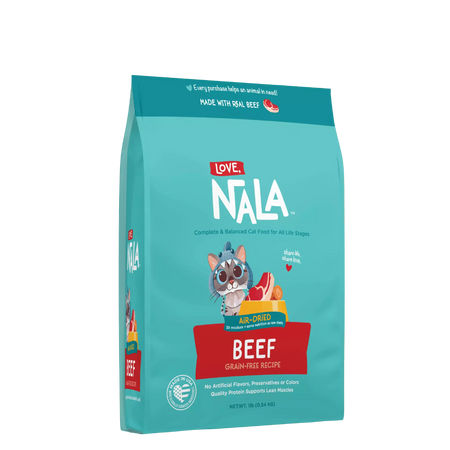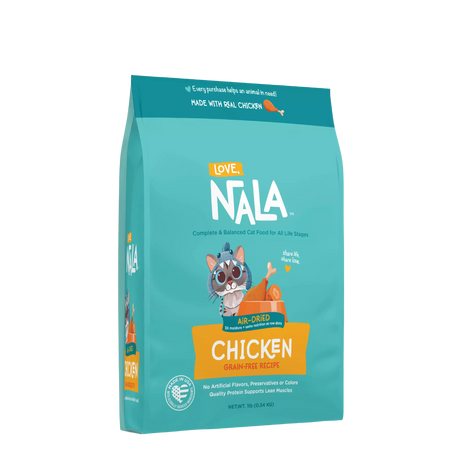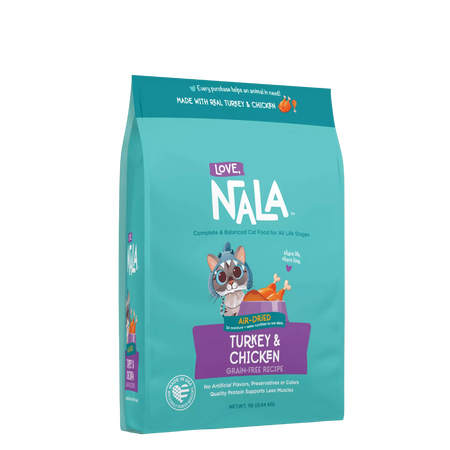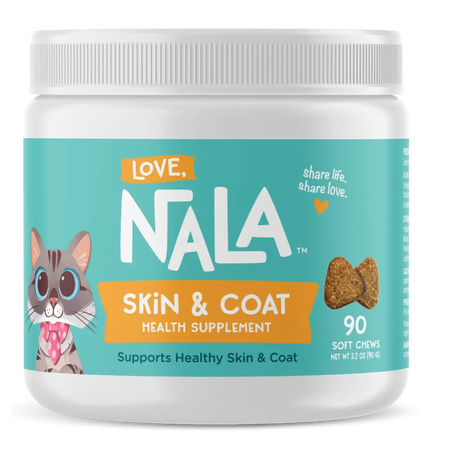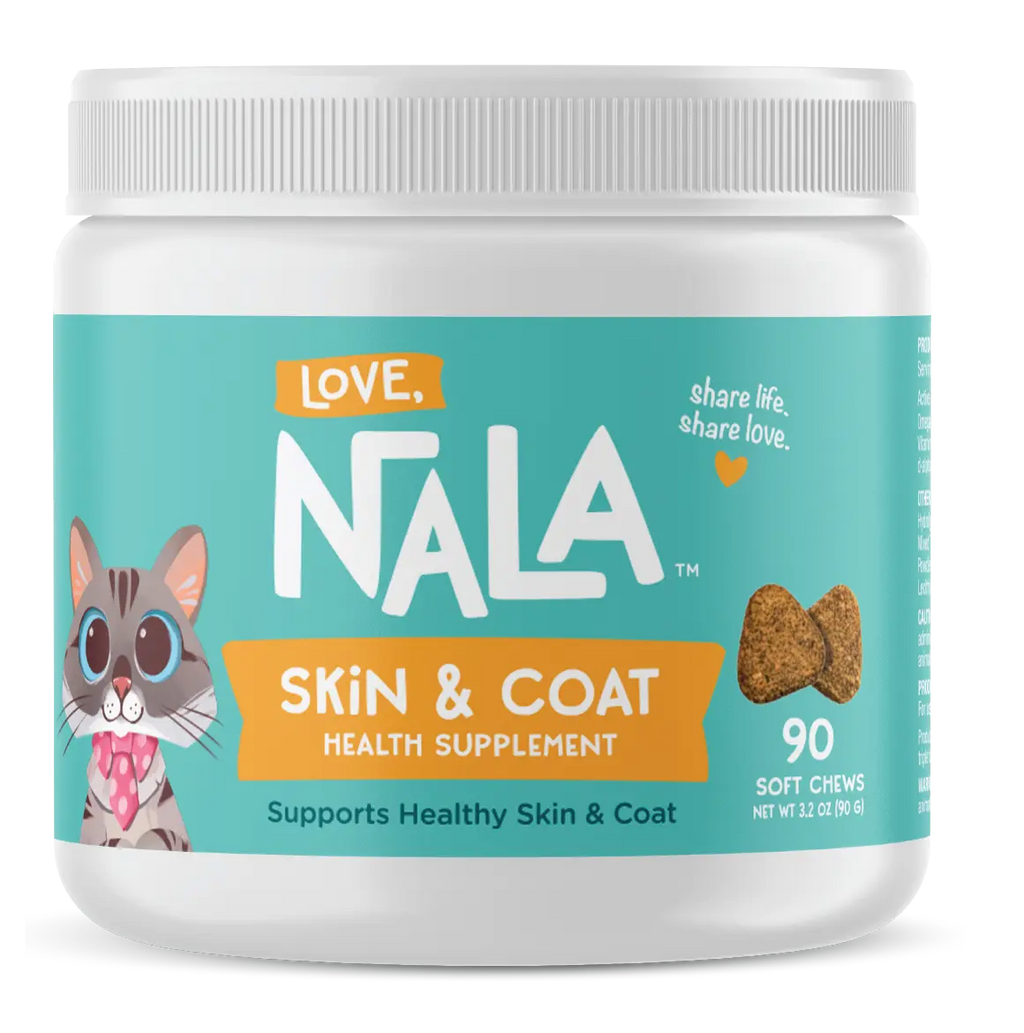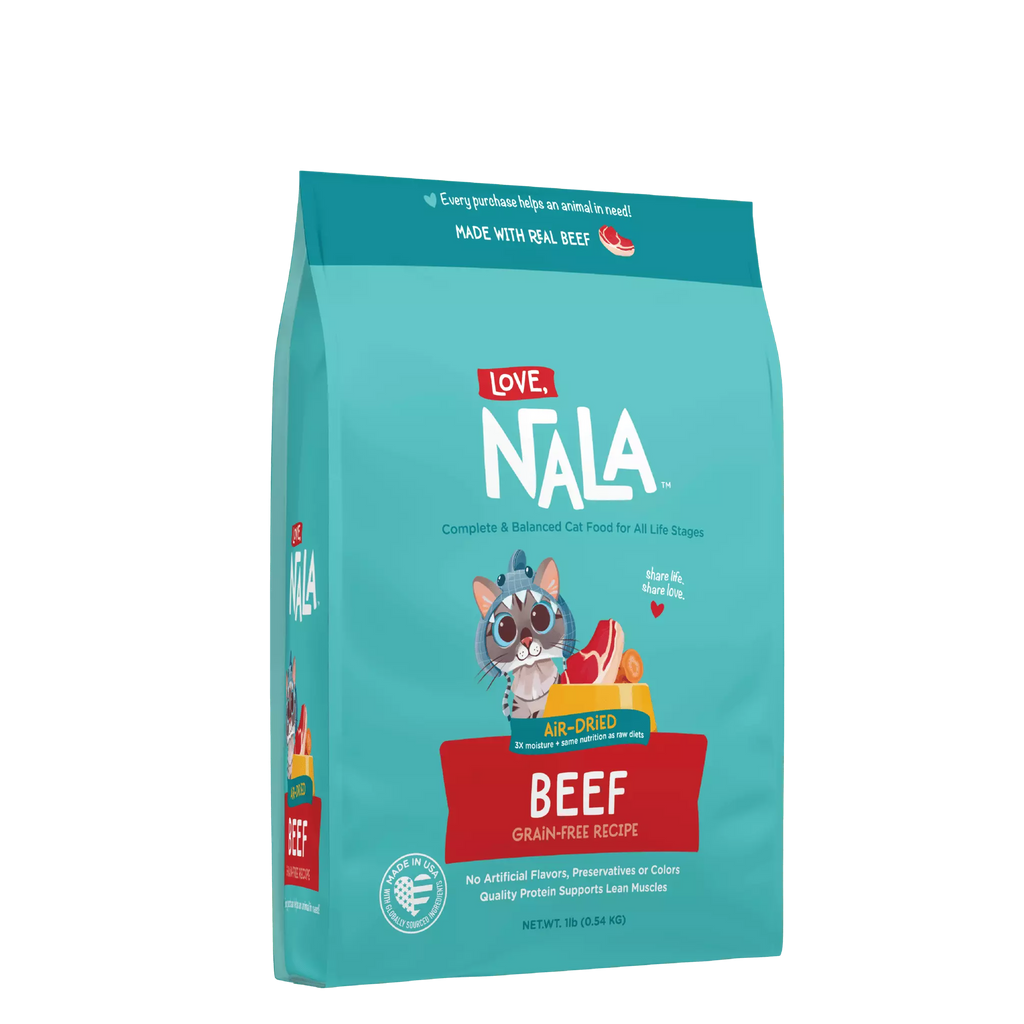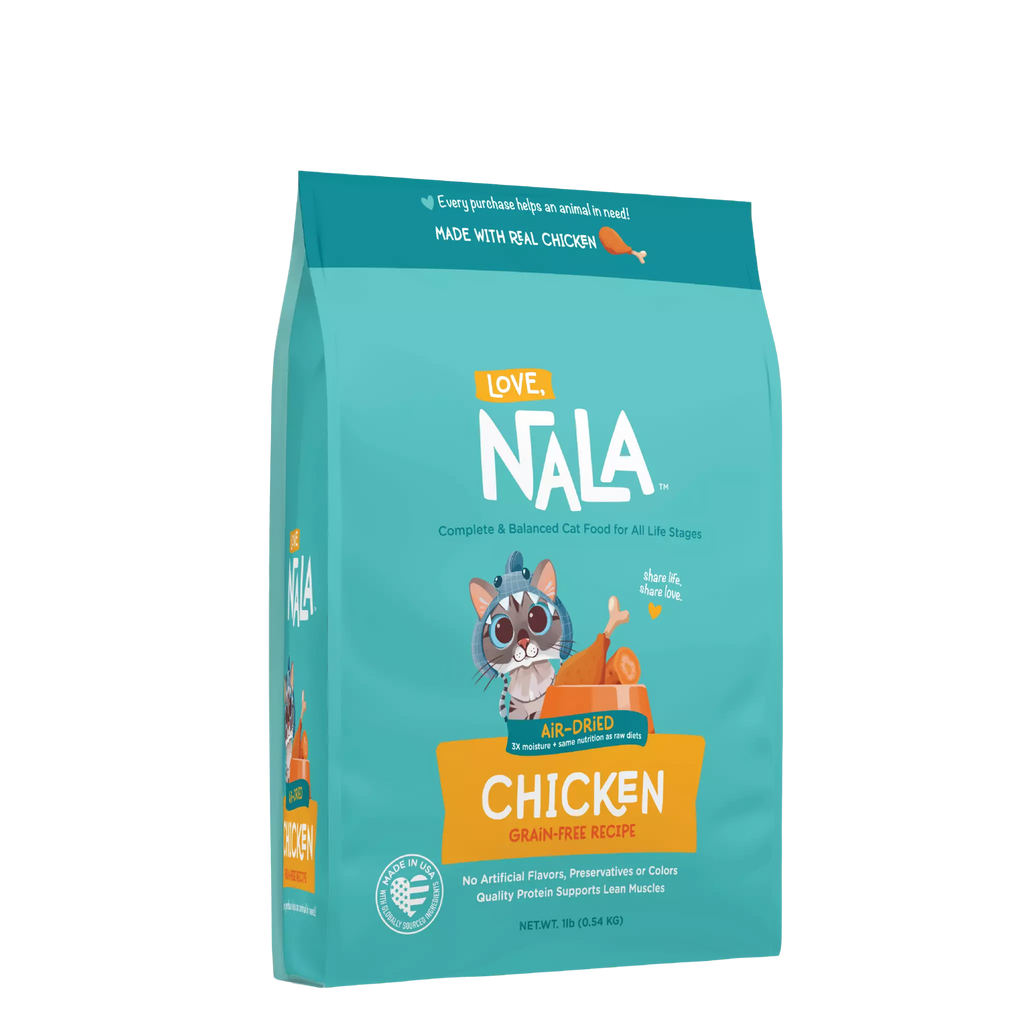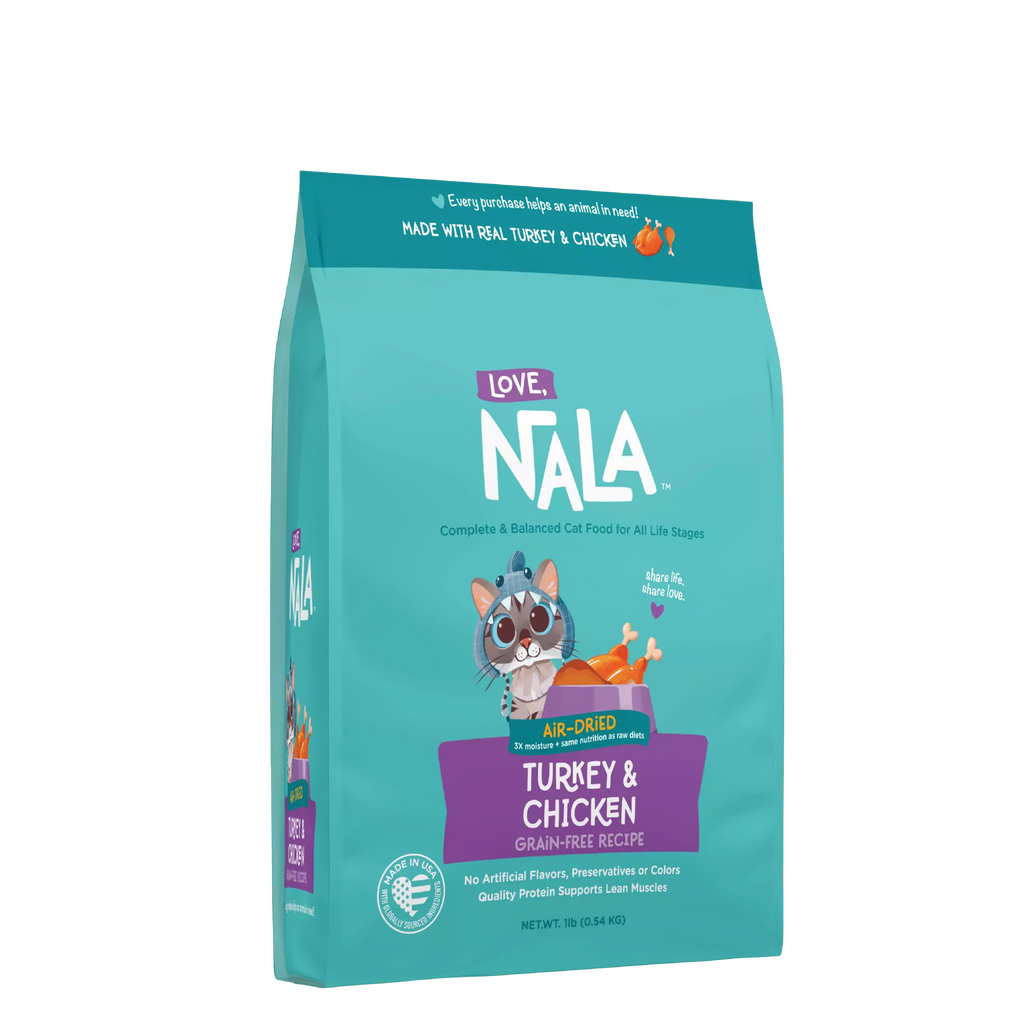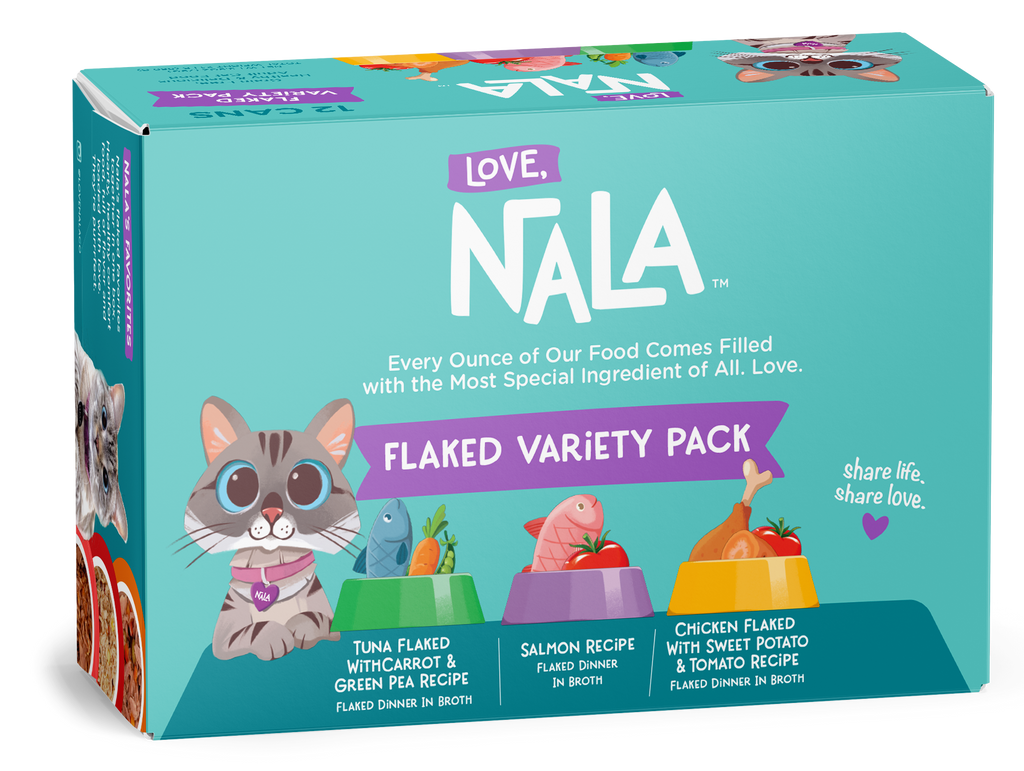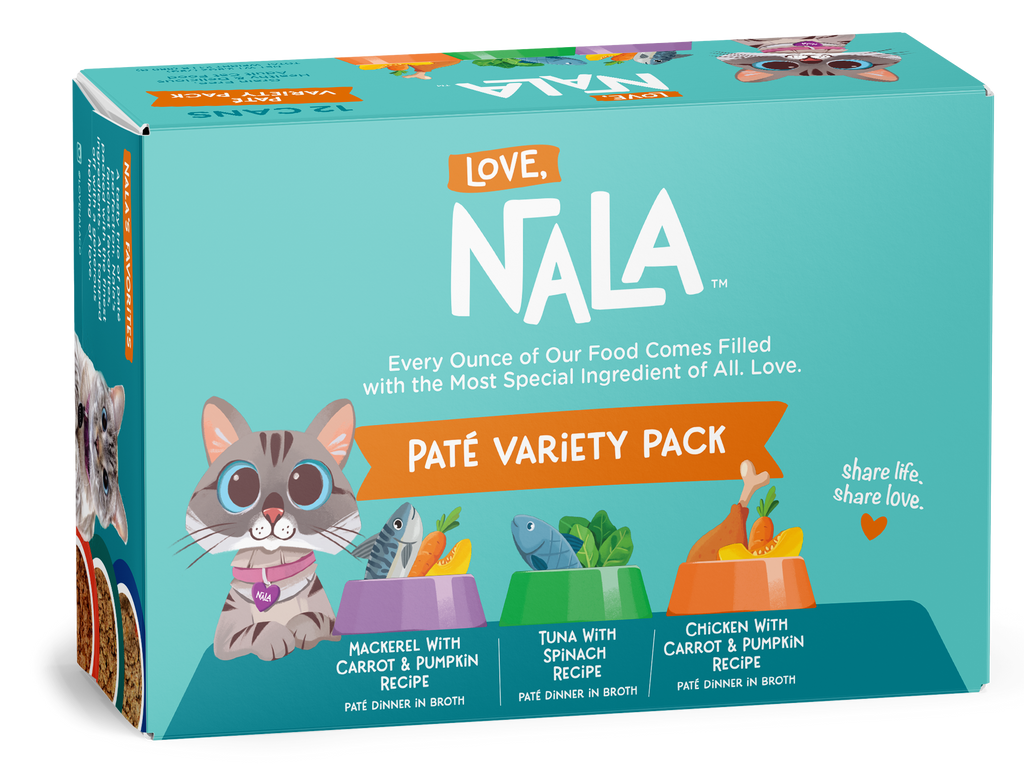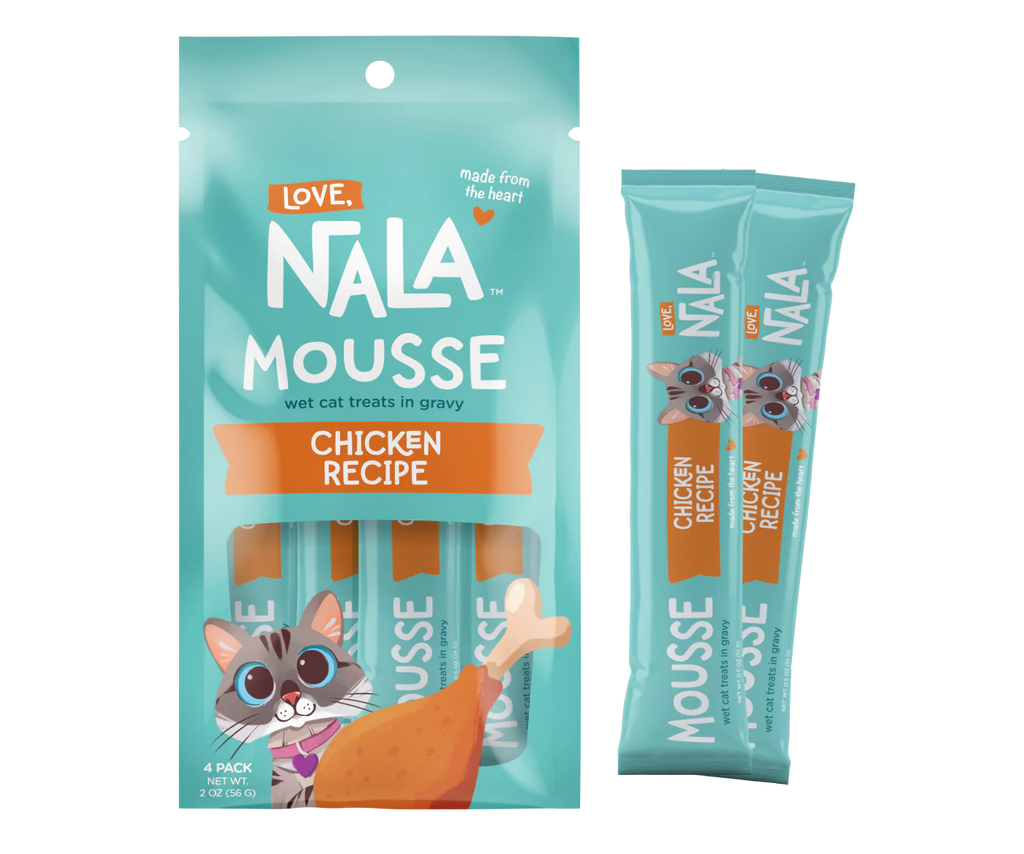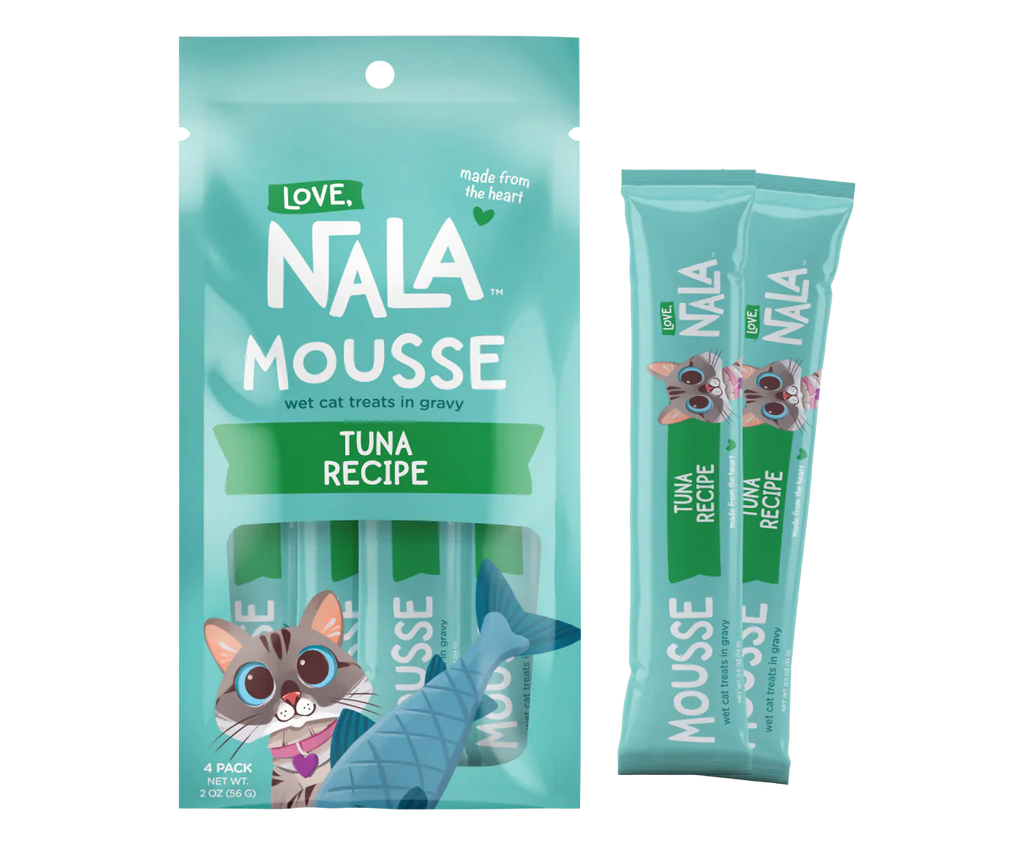Kittens grow and change at an incredible pace. Their first eight weeks of life are full of milestones. Each stage of their development brings new characteristics, skills, and behaviors. Understanding neonatal kitten development can help you provide the best care and support as they grow into healthy, happy cats.
Newborns to 1 Week Olds
Kittens are born blind and deaf. They can only navigate through scent. Their ears are folded down against their heads and their eyes don’t begin to open until they are seven to ten days old. Their umbilical cords fall off when they are around 3 to 5 days old.
Newborn kittens spend nearly all their time sleeping or nursing. They cannot regulate their body temperature until they are about a month old so they must be kept warm at all times with a heating pad or Snuggle Safe disc.
They can wriggle around and sometimes crawl in search of food or warmth.
They are completely dependent on their mother. If they are separated from their mother, a foster will need to bottle feed them kitten milk replacer every two hours and stimulate them to go to the bathroom before or after each feeding. It’s very important to weigh kittens throughout the day to make sure they are gaining weight. Kittens weigh around 100 grams at birth so they are extremely tiny and fragile.
When they are about one week old, they will be able to hold their head up.
2 Week Olds
Once they are two-weeks-old, kittens’ eyes are open - though their vision is not very good - and their hearing improves. Their ears are starting to open and are in a rounded position. All kittens are born with blue eyes that start to change color once they are about five weeks old.
They begin to explore their surroundings, but they’re still very wobbly on their feet. Their teeth start to come in and they will need to be bottle fed every 3 hours. By the end of the second week, they should be double the size they were at birth.
3 Week Olds
At three weeks, kittens are more aware of their littermates and start to interact with them. They will start to explore their environment more and become more coordinated when walking.
Their ears will continue to unfold and start to point upwards. Their incisor teeth start growing in.
Kittens also start to purr when they’re three weeks old.
They will need to be bottle fed every 4-5 hours at this age.
4 Week Olds
At four weeks old, kittens really start showing their playful personalities. They can play with toys, wrestle their littermates, and are more active than ever before.
They become more coordinated and can climb and hop. Their curiosity skyrockets and they become very interested in the world around them. They also start to groom themselves.
Four week olds generally weigh about one pound and start experiencing rapid physical growth. Their canine teeth start to emerge and their claws become retractable. Their hearing is now very well-developed.
They can go to the bathroom on their own and you can start litter box training them. Kittens are fast learners and may even innately understand that they should eliminate in a litter box and cover their pee and poop.
At four weeks old, you can start to introduce gruel - a combination of kitten milk replacer and kitten wet food - to begin the process of weaning. You will still need to supplement them with bottle feedings until they fully comprehend how to eat on their own, but feedings can now be spaced out to every 5 or 6 hours.
5 Week Olds
While they may still have accidents, they should be using the litter box regularly. Five-week-old kittens should be able to eat on their own and you can transition from gruel to regular kitten wet food. Their premolar teeth also start to come in.
By five weeks, kittens are running and playing with confidence. They can get around very quickly and gracefully. They often start stalking and pouncing on littermates.
6 and 7 Week Olds
Kittens at this stage are full of energy. They generally weigh about 1.5 pounds. Their hearing and vision are now fully developed and all their teeth have started to come in. Their eye color will start changing from blue to their permanent adult color.
They can start eating kitten dry food in addition to their kitten wet food. They may start to drink water as well.
At six weeks, kittens typically get their first round of FVRCP vaccine. They will need two more rounds, each 2-3 weeks apart.
At this stage, kittens are extremely active. They are very coordinated and have a great sense of balance. They act out innate behaviors like hunting, stalking, and pouncing.
8 Week Olds
Once kittens are two months old, they should weigh about two pounds. They are then big enough for spay or neuter and adoption.
Watching a kitten grow and develop is an amazing experience. Each milestone is a reminder of how quickly they change and how much they rely on you for guidance, care, and love. By understanding these stages and knowing what to expect, you can help your kitten grow up into a confident, healthy, and affectionate cat.
Love, Nala
